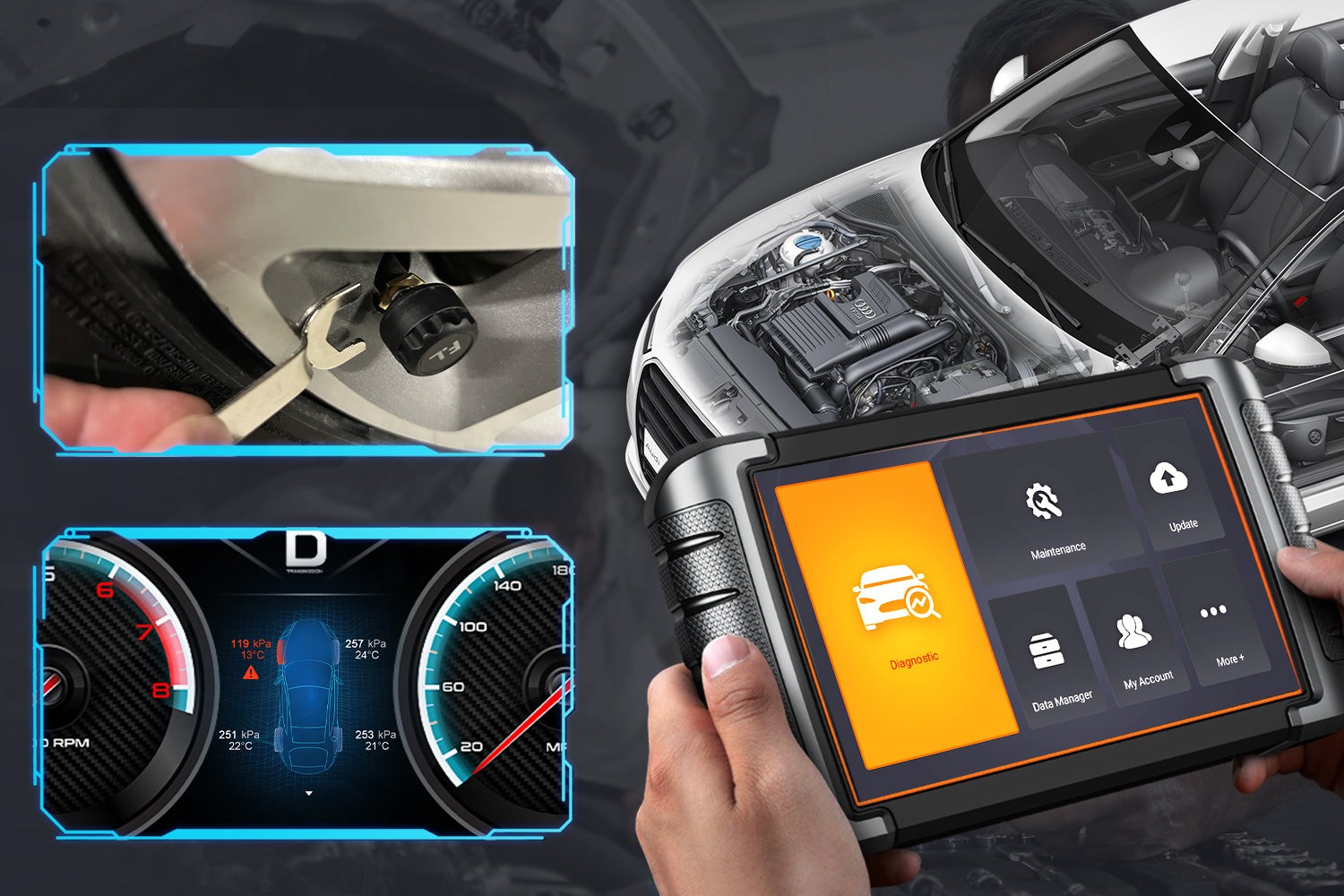Leaving a Bluetooth OBD2 scanner plugged into your car’s OBD2 port is a common question among car owners. While these handy devices offer real-time vehicle diagnostics and performance monitoring, concerns about potential battery drain and security risks are valid. This article addresses these concerns and provides best practices for using Bluetooth OBD2 scanners.
Benefits of a Connected OBD2 Scanner
A continuously connected OBD2 scanner offers several advantages:
- Real-time Monitoring: Track engine health, fuel economy, emissions, and other vital parameters in real-time. This allows for proactive maintenance and potentially prevents costly repairs down the line.
- Immediate DTC Detection: The scanner can instantly identify Diagnostic Trouble Codes (DTCs), providing early warnings of potential issues. For example, a failing oxygen sensor can be detected and addressed before causing further engine damage.
- Data Logging and Analysis: Many advanced scanners log data over time, enabling you to analyze driving patterns, performance trends, and potential problems. This is particularly useful for performance enthusiasts and fleet managers.
- Smartphone Integration: Some scanners connect to smartphone apps, providing convenient access to data, alerts, and remote diagnostics.
Risks of Leaving an OBD2 Scanner Plugged In
While convenient, leaving an OBD2 scanner plugged in constantly presents potential risks:
- Battery Drain: Even in sleep mode, most scanners draw a small amount of power. Over time, this can drain your car battery, especially in older vehicles or if the car sits unused for extended periods.
- Security Vulnerabilities: A connected OBD2 scanner, especially one with wireless capabilities, could potentially be accessed by hackers, creating a security risk.
- Device and Vehicle Damage: Continuous connection can expose the scanner and the OBD2 port to wear and tear, increasing the risk of malfunction or damage. Older vehicles might be more susceptible to electrical interference.
- Theft and Vandalism: A visible OBD2 scanner can attract unwanted attention, increasing the risk of theft or vandalism.
OBD2 Scanner Power Consumption
OBD2 scanners consume minimal power, typically measured in milliamps. However, this small drain can accumulate over time. Factors influencing power consumption include:
- Scanner Model: Advanced scanners with features like Wi-Fi or Bluetooth tend to consume more power than basic models.
- Vehicle Battery Health: A weaker battery is more susceptible to drain.
- Driving Frequency: Regular driving recharges the battery, mitigating the impact of the scanner’s power draw. Infrequent driving allows the drain to accumulate.
Manufacturer Recommendations
Most car and OBD2 scanner manufacturers advise against leaving the scanner plugged in continuously. They recommend using it for diagnostics and then disconnecting it. However, some advanced scanners have power-saving features that minimize battery drain. Always consult your scanner’s manual for specific recommendations.
Best Practices for Using OBD2 Scanners
- Secure Connection: Ensure the scanner is firmly plugged in and doesn’t obstruct any vehicle controls.
- Choose Low-Power Scanners: Opt for scanners with low power consumption or sleep mode features.
- Disconnect When Not in Use: Disconnect the scanner during extended periods of inactivity, such as vacations or storage.
- Consider Hardwiring with a Switch: This allows you to easily disable the scanner when not needed.
- Use for Diagnostics Only: Connect the scanner only when necessary for troubleshooting.
- Professional Diagnostics: Schedule regular maintenance and diagnostics with a qualified mechanic for comprehensive vehicle checks.
Conclusion
While Bluetooth OBD2 scanners offer valuable features, leaving them plugged in continuously poses potential risks. By understanding these risks and following best practices, you can maximize the benefits of your scanner while minimizing potential drawbacks. Choose a scanner with power-saving features, disconnect it when not in use, and rely on professional mechanics for regular maintenance. This ensures optimal vehicle health and performance.
